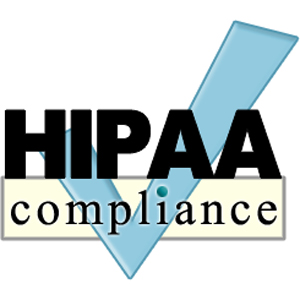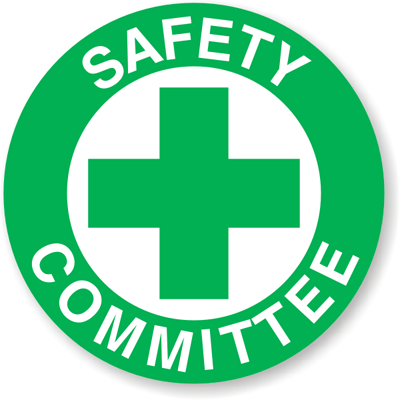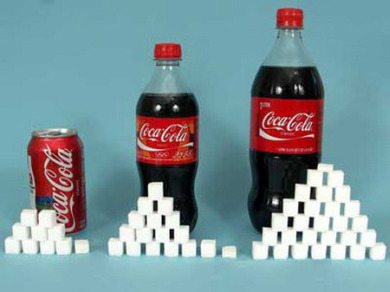 What are the five requirements for wellness programs which base a reward on satisfying a standard related to a health factor?
What are the five requirements for wellness programs which base a reward on satisfying a standard related to a health factor?
- The total reward for all the plan’s wellness programs that require satisfaction of a standard related to a health factor is limited – generally, it must not exceed 20 percent of the cost of employee-only coverage under the plan. If dependents (such as spouses and/or dependent children) may participate in the wellness program, the reward must not exceed 20 percent of the cost of the coverage in which an employee and any dependents are enrolled.
- The program must be reasonably designed to promote health and prevent disease.
- The program must give individuals eligible to participate the opportunity to qualify for the reward at least once per year.
- The reward must be available to all similarly situated individuals. The program must allow a reasonable alternative standard (or waiver of initial standard) for obtaining the reward to any individual for whom it is unreasonably difficult due to a medical condition, or medically inadvisable, to satisfy the initial standard.
- The plan must disclose in all materials describing the terms of the program the availability of a reasonable alternative standard (or the possibility of a waiver of the initial standard).





